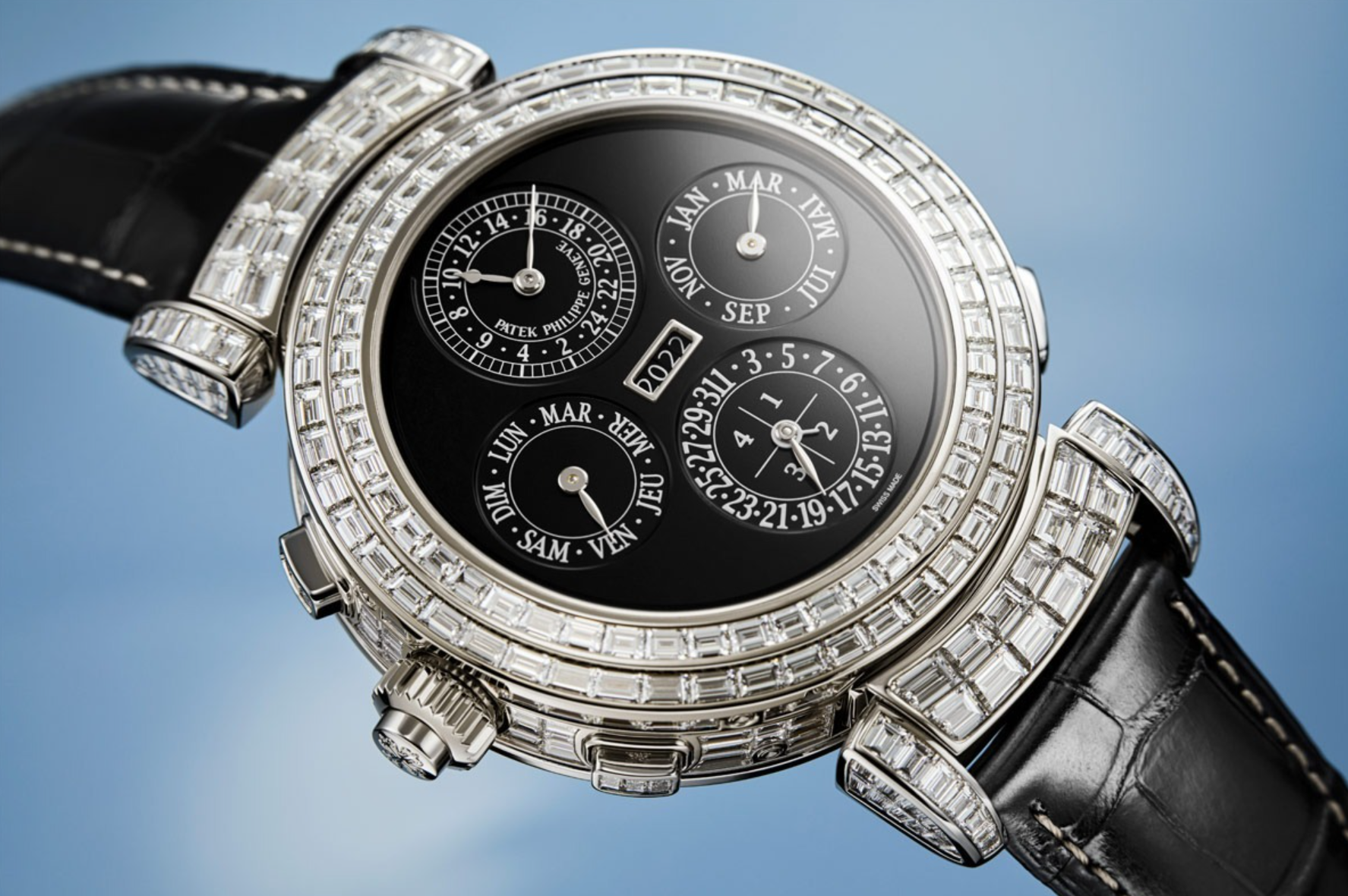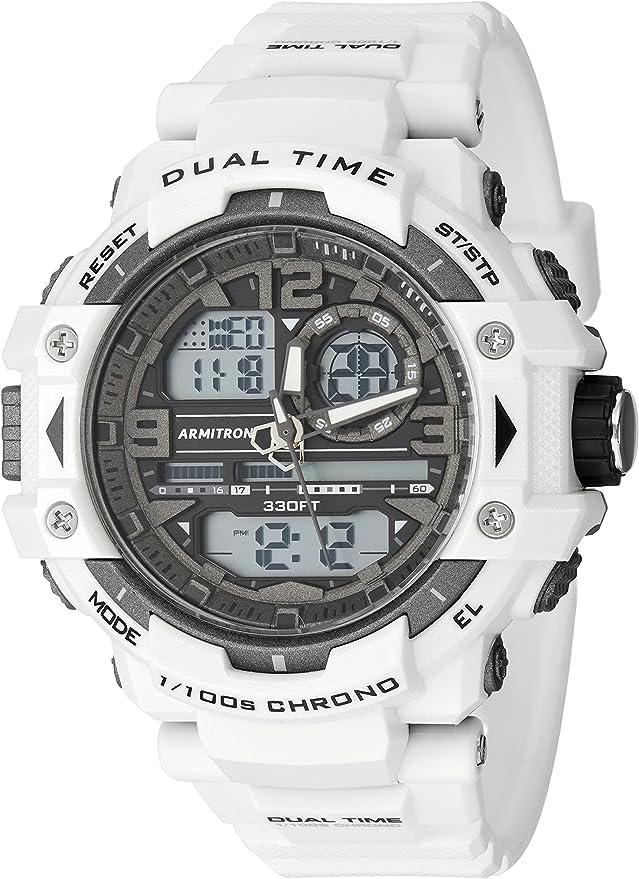Why Is Mechanical Watch Servicing So Expensive? A Deep Dive into the Craft and Cost Behind Luxury Timepiece Maintenance
Mechanical watches have long been revered not only as precision instruments but also as status symbols and works of art. But with such admiration comes a hefty price tag for upkeep. A single maintenance session for a high-end timepiece can cost several thousand dollars. What exactly makes servicing these mechanical marvels so costly?
In this article, we break down the reasons behind the eye-watering service fees and walk you through the entire maintenance process. From movement complexity to brand prestige, we also compare the costs and practices of major brands like Patek Philippe, Rolex, Omega, Tissot, and Seagull.
The 5 Key Reasons Why Mechanical Watch Servicing Is So Expensive
1. Brand Premiums and Prestige
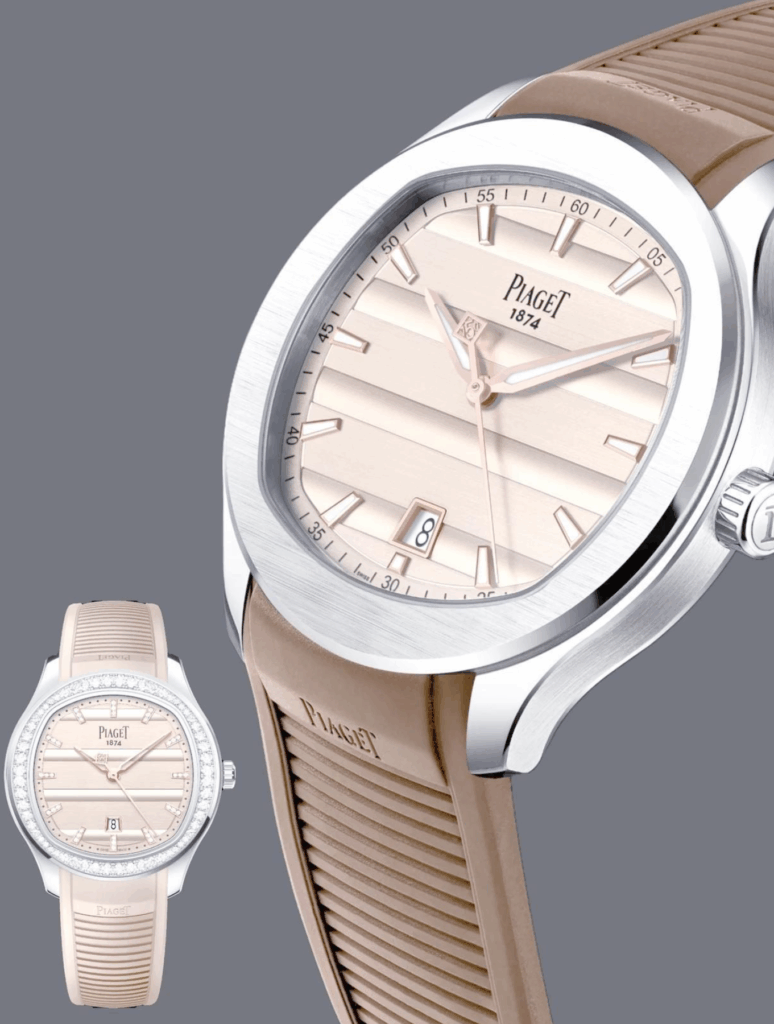
Big-name brands charge more, and it’s not just for the logo. Brands like Patek Philippe and Rolex have spent decades crafting reputations for quality and exclusivity. That prestige comes with a premium for all services, including aftercare. These brands offer white-glove service with certified technicians and original parts, ensuring every detail aligns with their high standards—and it shows on the invoice.
2. Movement Complexity
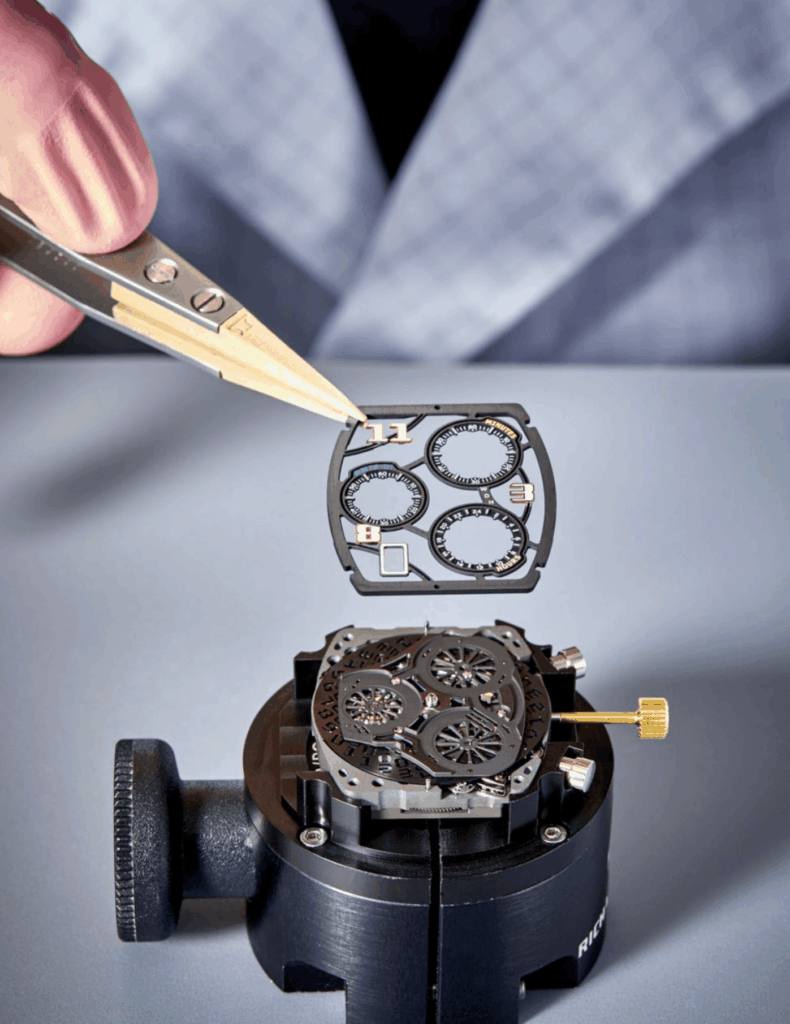
The complexity of a watch movement greatly affects its servicing cost. Haute horlogerie timepieces often feature intricate complications such as perpetual calendars, tourbillons, or co-axial escapements. These movements are composed of hundreds of tiny, hand-assembled parts. Servicing them is like restoring a miniature engine—a delicate, time-consuming process that demands immense skill.
3. Materials and Craftsmanship
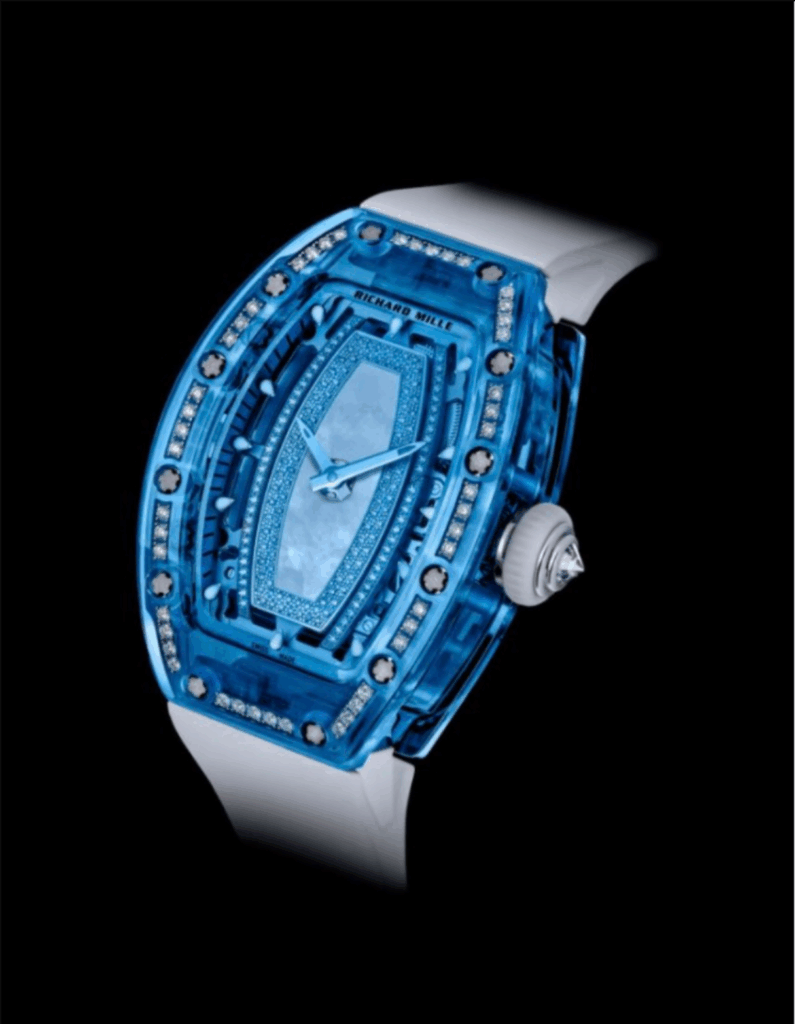
High-end watches are often made from luxurious and unconventional materials: gold, platinum, titanium, ceramic, and even carbon fiber. These materials require special tools and training to handle properly during maintenance. The same applies to finishing techniques—a brushed or polished surface must be restored precisely to preserve the watch’s aesthetic and value.
4. Quality of Service and Technicians
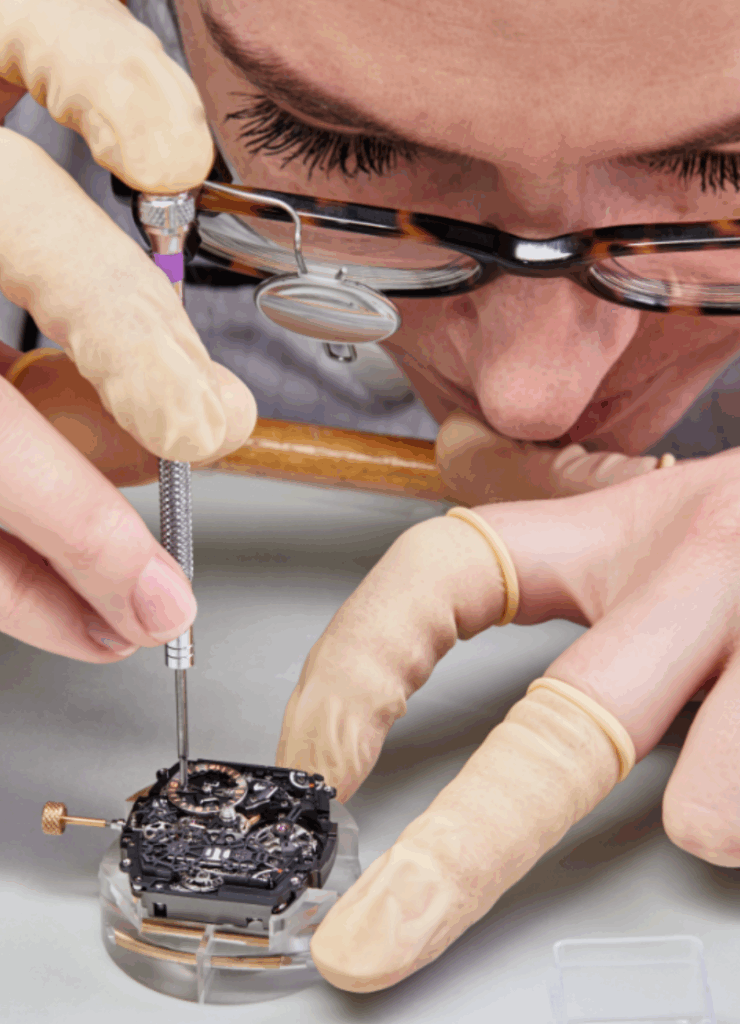
Authorized service centers offer high-quality repairs and maintenance using factory-certified watchmakers and original parts. While you can find lower-cost options elsewhere, you risk voiding warranties or even damaging the watch. Expert technicians, like those employed by Omega or Rolex service centers, undergo years of training and work with precise equipment—and their time comes at a cost.
5. Regional Price Differences
Your location also plays a part. Servicing in global cities like New York, London, or Tokyo typically costs more than in smaller towns due to higher labor costs and operational expenses. Economic conditions, import taxes on parts, and local demand also impact pricing.
What Does a Mechanical Watch Service Include?
Servicing a mechanical watch isn’t just about oiling the gears. It’s a thorough and multi-step process involving cleaning, repairing, and testing—often requiring several days of expert attention. Here’s what a full service typically includes:
1. Exterior Cleaning
Dust and grime accumulate on the watch’s surface over time. The case and bracelet are cleaned using ultrasonic machines and soft brushes to restore shine without damaging the finish.
2. Strap and Bracelet Maintenance
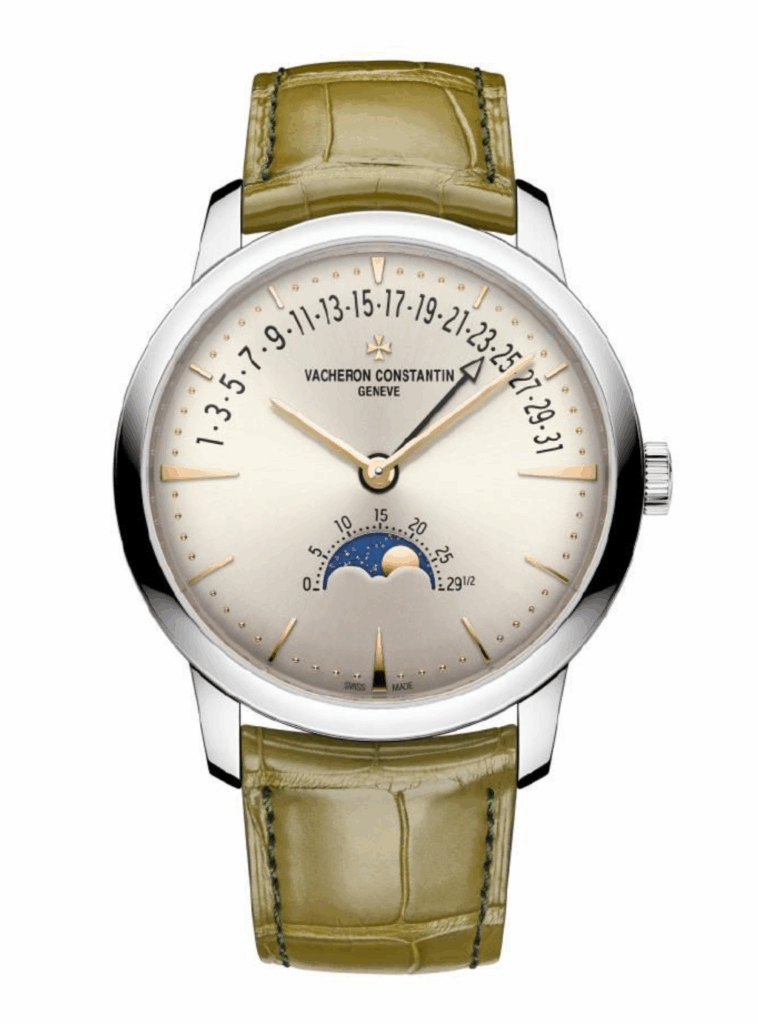
Leather straps, especially exotic skins like alligator, can absorb sweat and deform over time. These need replacement every 1–2 years. Steel bracelets require screw checks and occasional polishing. High-end straps can cost $100 to $400 or more, making this part of the service potentially pricey.
3. Water Resistance Testing
Even if you’re not diving, water resistance is crucial. Gaskets degrade with time, so pressure tests are conducted to ensure seals remain intact. If necessary, gaskets and crowns are replaced.
4. Movement Disassembly and Cleaning
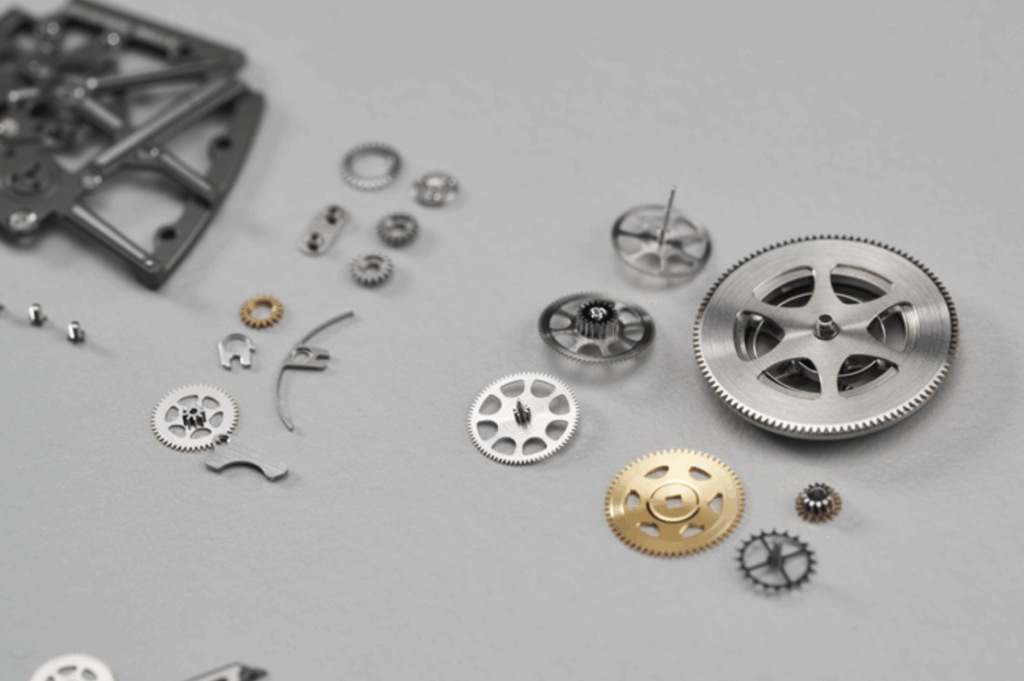
The movement is the watch’s heart and brain. Every component is disassembled, ultrasonically cleaned, inspected for wear, and delicately re-lubricated. This prevents premature wear and keeps the movement running smoothly.
5. Component Repair or Replacement
Worn gears, springs, and pivots are either repaired or replaced. If a part is rare or brand-specific, this can greatly increase both the cost and turnaround time.
6. Reassembly and Regulation
After cleaning and repairs, the movement is reassembled, calibrated, and adjusted to ensure timekeeping accuracy. Technicians use timing machines to test accuracy in multiple positions.
7. Final Quality Control Checks
Before returning to the owner, the watch undergoes a series of final tests, including:
- Timekeeping accuracy
- Water resistance
- Power reserve
- Visual inspection
How Do Brands Compare?
Let’s take a quick look at the servicing characteristics of different brands:
- Patek Philippe: High-end craftsmanship, extremely detailed servicing, parts often custom made. Cost: $5000+
- Rolex: Rigorous quality control, robust parts supply, typically around $800–$1200
- Omega: Offers co-axial movement servicing, usually $600–$900
- Tissot: More affordable Swiss option, $200–$400 for basic servicing
- Seagull (China): Economical mechanical options, servicing can cost under $100
Final Thoughts
Servicing a mechanical watch is not just a routine chore—it’s a form of horological preservation. The high cost reflects the intricate engineering, luxury materials, and expert craftsmanship involved in maintaining these mechanical masterpieces.
For collectors and enthusiasts, understanding the true cost and value of servicing ensures not just the longevity of their watches but the preservation of a timeless art. Whether it’s a vintage Omega or a modern Rolex Submariner, regular professional care is the key to keeping your timepiece ticking beautifully for generations to come.


